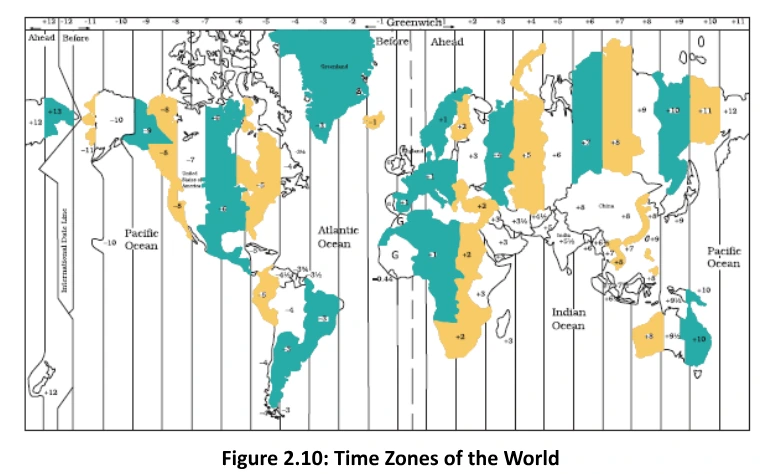![]() 25 Nov 2023
25 Nov 2023
Latitude and longitude are fundamental geographic coordinates used to pinpoint any location on Earth’s surface. Latitude measures a location’s distance north or south of the equator, while longitude indicates its position east or west of the prime meridian. These coordinates are crucial for navigation, mapping, and accurately locating places on our planet.
Globe
|
To find the location of places on the Earth we need certain points of reference and lines.
Do You Know:By measuring the angle of the Pole Star from your place, you can know the latitude of your place. |



| The earth has been divided into 24 time zones of one hour each and each zone covers 15° of longitude. In other words, the earth rotates 360° in about 24 hours, which means; 1 hour :- 15° or 4 minutes:- 1°When it is 12 noon at Greenwich,
|


<div class="new-fform">
</div>